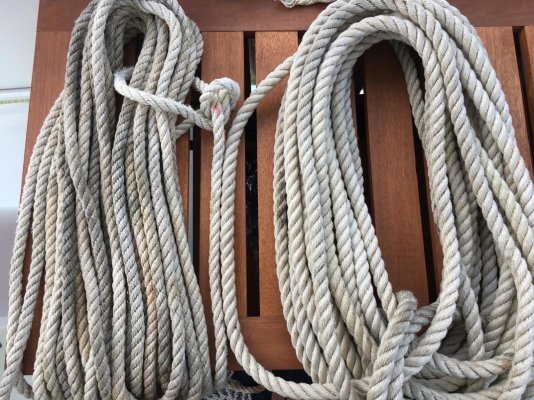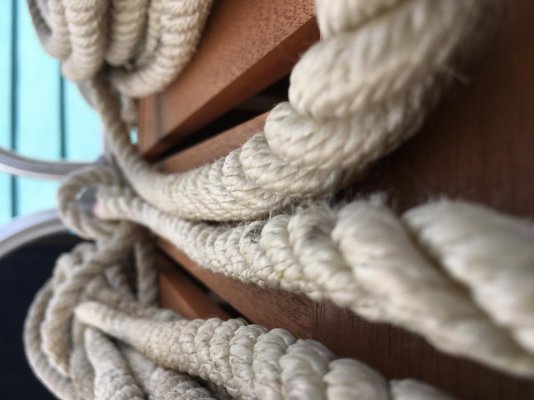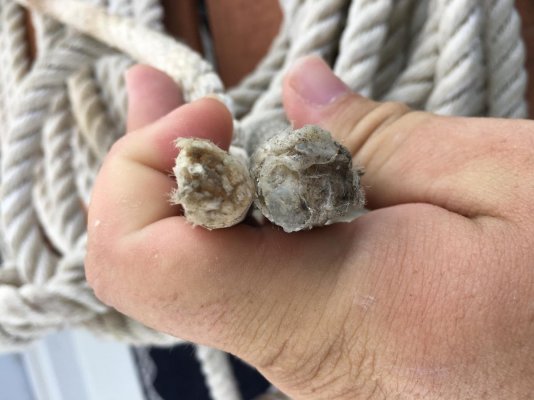Nopistn
Senior Member
Basically all I did was point the bow into the wind, released the windlass (I have a Power Winch which is a free fall), and then I just let the wind blow us backwards. The anchor dug and set itself.
Since I have to buy a new anchor, I'm thinking of going with a Mantus. But what is the best type of anchor for clay/mud/silt/pudding bottom?
Call mantus. They have a chart on their website and are very helpful.





![1075x1000[1].jpg](/data/attachments/83/83374-6ef8d731ca2aef5bf53f747d933f9fab.jpg)
